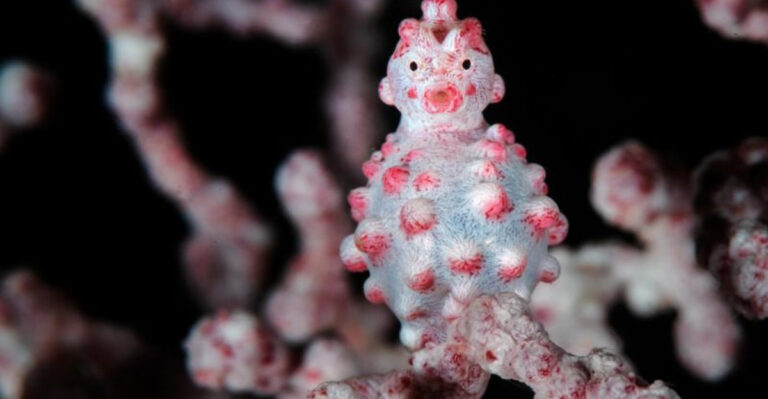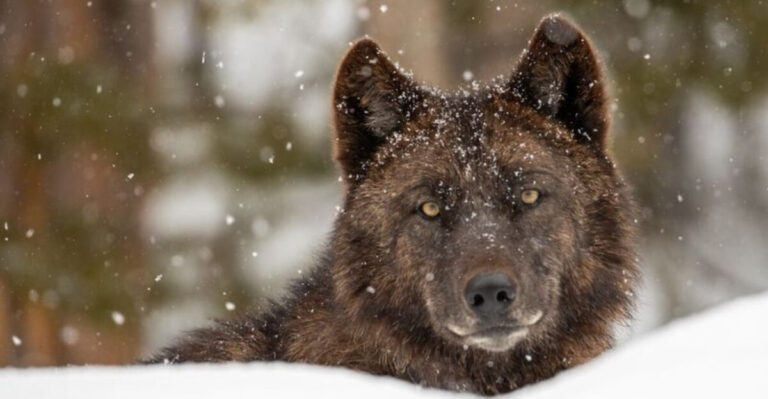Meet The 14 Biggest Seal Species On The Planet
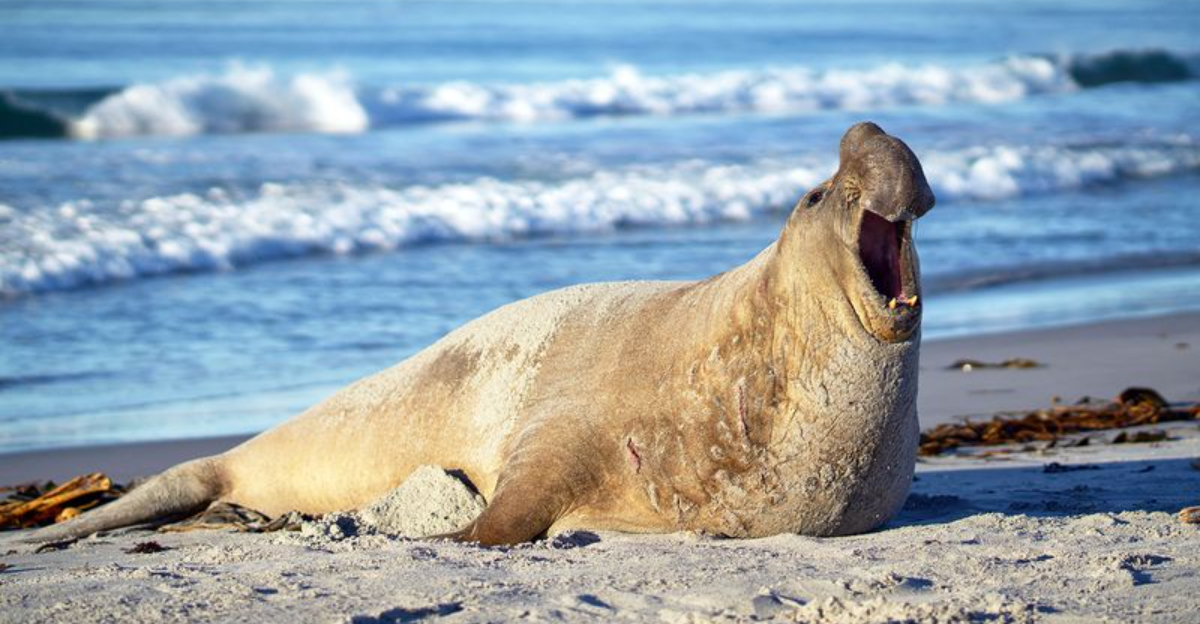
Seals are amazing marine mammals that have captivated our imagination for centuries. From the frigid waters of Antarctica to the temperate coasts of California, these blubbery swimmers have adapted to life both in water and on land.
Let’s explore the largest seal species, each with unique features that help them thrive in their specific environments.
1. Northern Cousins: The Northern Elephant Seal
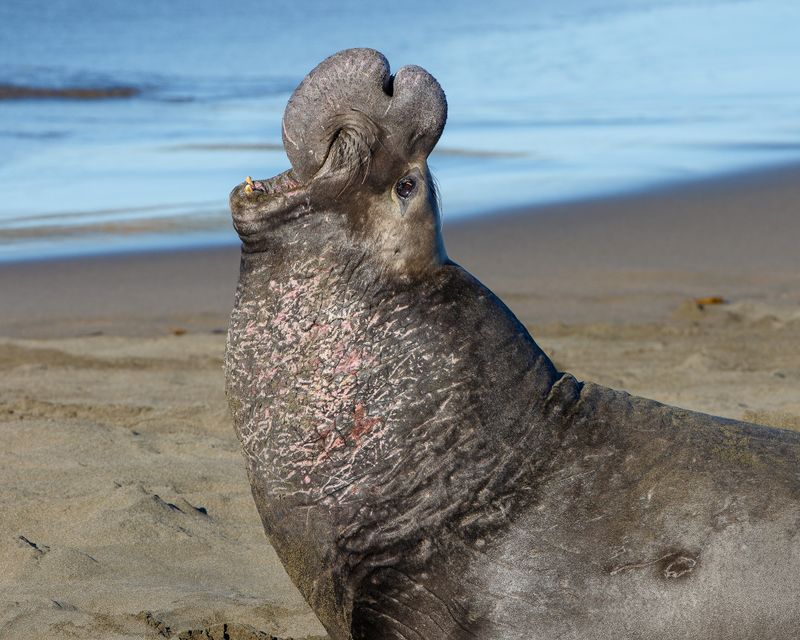
Slightly smaller than their southern relatives but still massive, these blubbery behemoths nearly vanished in the 1800s. Hunters reduced their population to just 20 individuals before protection saved them.
Now over 150,000 strong, northern elephant seals perform amazing migration feats twice yearly. Males battle fiercely on beaches, rearing up and slamming their weighty bodies against rivals while blood drips from their scarred necks.
2. Enormous Giants: Southern Elephant Seals
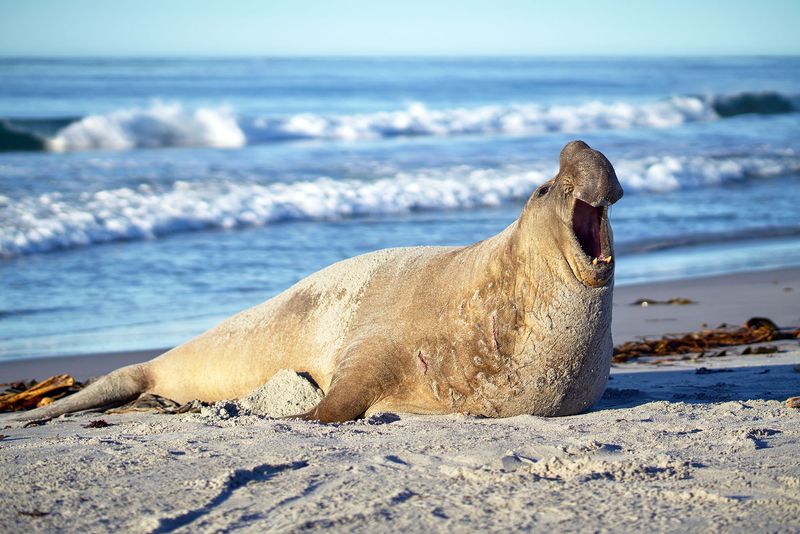
Weighing up to 8,800 pounds, these colossal creatures could crush a small car! Males sport distinctive trunk-like snouts used to amplify roars during mating season.
Southern elephant seals dive deeper than any other seal, plunging nearly 5,000 feet below the surface for food. Their massive bodies store oxygen in specialized blood cells, allowing these remarkable divers to stay underwater for two hours straight.
3. Arctic Royalty: The Walrus
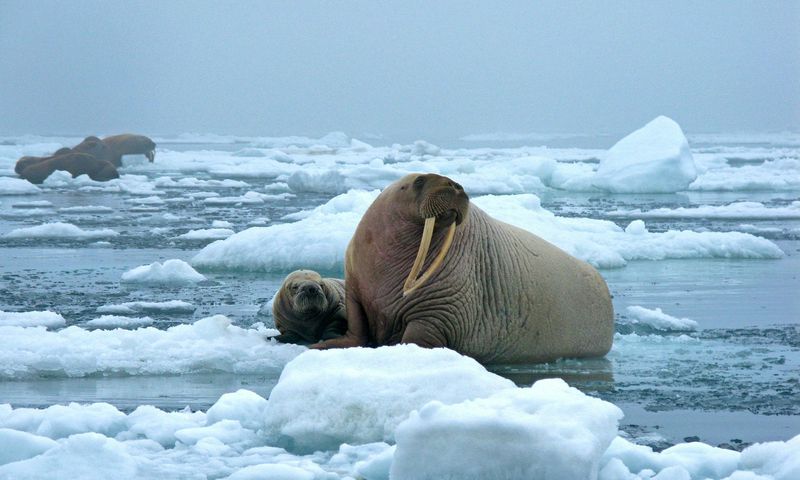
Those iconic tusks aren’t just for show! Walruses use these elongated teeth as ice picks, weapons, and hoisting tools when climbing onto ice floes.
A walrus’s thick skin (up to 4 inches) protects it from both freezing waters and fighting injuries. Underneath lies a 6-inch blubber layer keeping them toasty in arctic conditions. Their whiskers contain 700 sensitive nerve endings to locate clams in murky depths.
4. Leopard-Spotted Predators: Leopard Seals
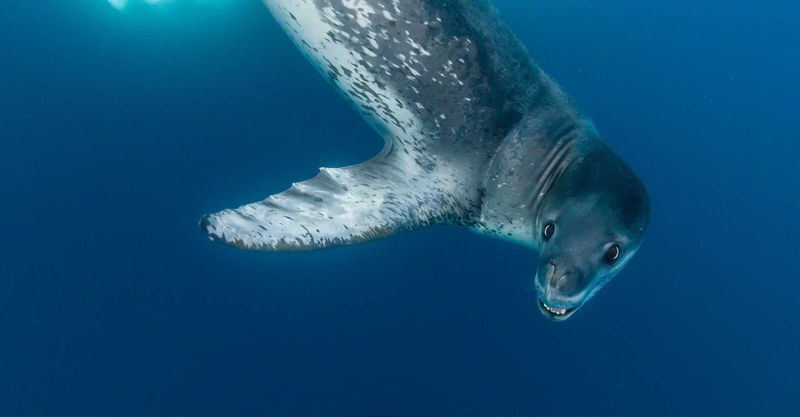
Don’t let those soulful eyes fool you! Leopard seals are Antarctica’s apex predators with jaws that unhinge like snakes to swallow prey whole.
Their spotted coats inspired their name, but their reptilian heads and razor-sharp teeth set them apart from cuddlier cousins. Ferocious hunters, they’ll ambush penguins from below ice edges, then thrash them against the surface to tear manageable pieces.
5. Bearded Arctic Swimmers: Bearded Seals
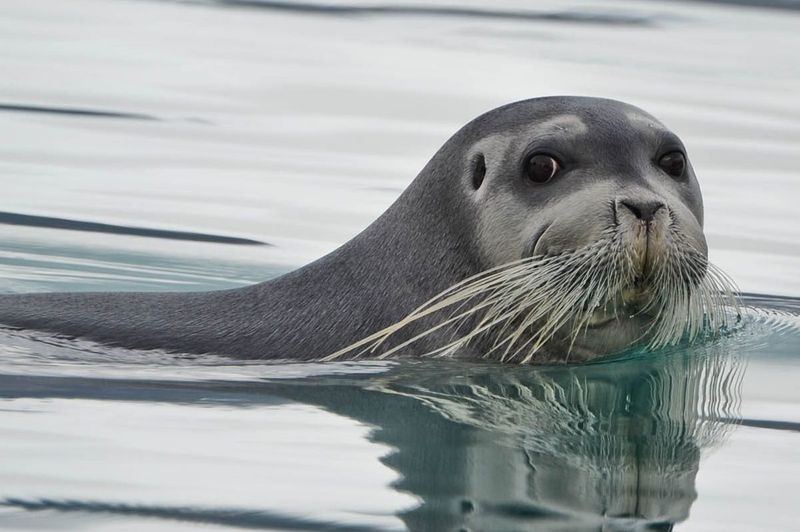
Those magnificent whiskers aren’t just a fashion statement! Bearded seals use their sensitive facial bristles to detect prey hiding in seafloor sediment.
When threatened, these portly Arctic dwellers inflate their throats like bulbous balloons, producing underwater songs that travel for miles. Their scientific name, Erignathus barbatus, literally means “bearded one with a powerful jaw” – perfect for crushing shellfish they find in shallow waters.
6. Hooded Balloon-Faces: Hooded Seals
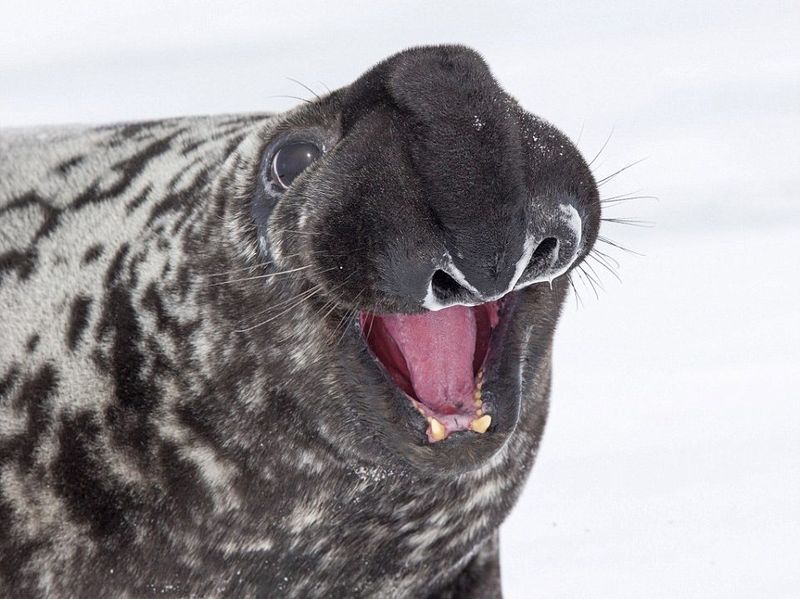
Imagine blowing a bubble gum bubble from your nose! Male hooded seals inflate a red balloon-like sac from their left nostril to impress females and intimidate rivals.
These bizarre displays aren’t their only strange feature. Mothers nurse pups for just 4 days – the shortest nursing period of any mammal. During this brief time, pups gain 7 pounds daily on milk that’s 60% fat, richer than ice cream!
7. Blubber Kings: Grey Seals
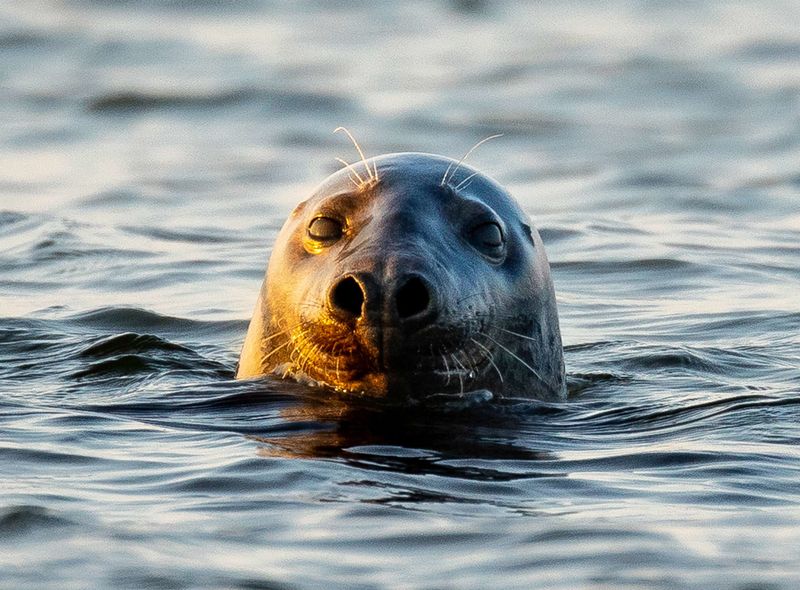
Horse-faced sea giants! Grey seals earned the nickname “horsehead seals” because of their elongated snouts and Roman nose profiles.
Males can weigh up to 800 pounds and reach 10 feet long. These powerful swimmers dive to 230 feet, staying submerged for 20 minutes while hunting. Despite their bulk, they’re surprisingly agile underwater, twisting and turning to chase fish through ocean currents.
8. Gentle Sea Cows: Ribbon Seals
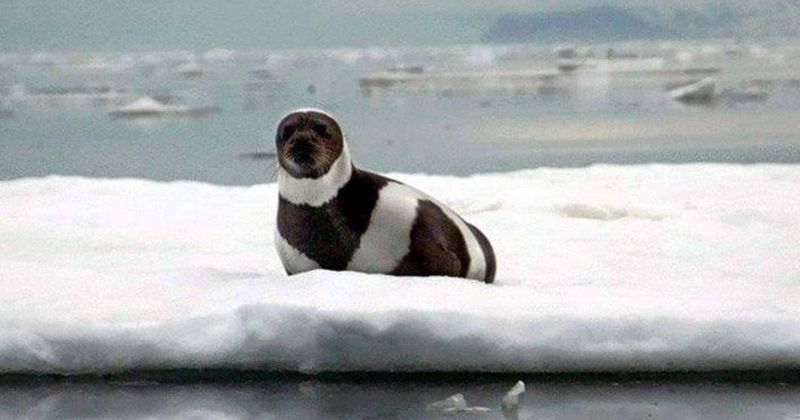
Nature’s living artwork! Ribbon seals sport striking white bands wrapped around their dark bodies like gift ribbons. These distinctive markings develop fully only in adults.
Unlike most seals, ribbons rarely come ashore, preferring to lounge on floating ice. Their uniquely inflatable air sacs help them produce underwater calls to find mates in murky Arctic waters. Scientists believe these beautiful patterns help attract partners during brief breeding seasons.
9. Polar Blubberballs: Harp Seals

Famous for their adorable white-coated pups, adult harp seals transform dramatically as they age. Their distinctive harp-shaped black markings on silvery-gray bodies resemble musical instruments when viewed from above.
Masters of the Arctic, these seals navigate under solid ice sheets for miles, locating breathing holes with uncanny precision. They can reduce their heart rate to just 10 beats per minute during deep dives, conserving oxygen as they hunt for fish.
10. Whiskered Warriors: Weddell Seals
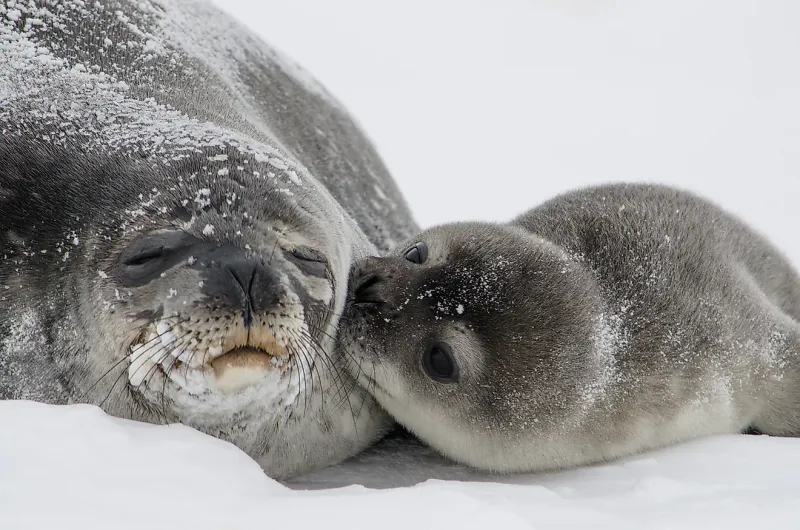
Tooth-grinding ice drillers! Weddell seals use their teeth to rasp through Antarctic ice, creating breathing holes they maintain year-round. This unique behavior leaves many with worn-down front teeth by adulthood.
These remarkable divers can plunge 2,000 feet deep and hold their breath for 80 minutes. Special adaptations allow their lungs to collapse under pressure without damage, while their blood stores extra oxygen for extended underwater hunting trips.
11. Spotted Sea Leopards: Harbor Seals
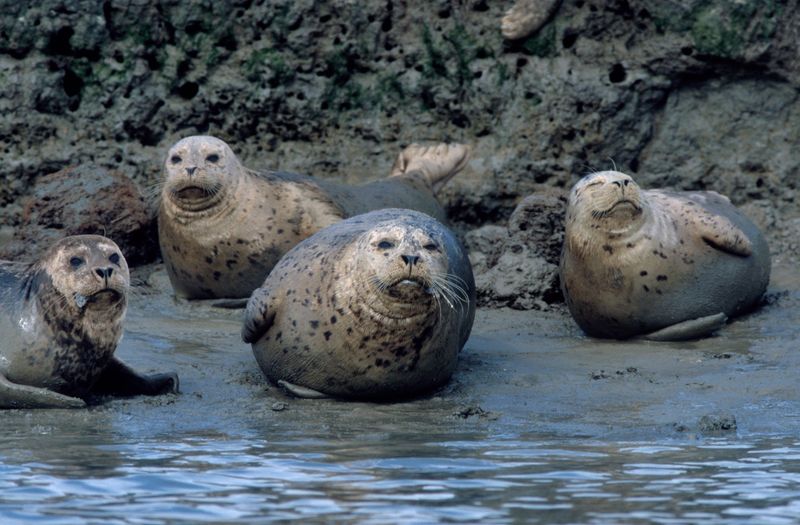
Every harbor seal’s spot pattern is as unique as a human fingerprint! Scientists use these distinctive markings to identify individuals throughout their lives.
Despite weighing up to 375 pounds, these agile swimmers reach speeds of 12 mph underwater. Their sensitive whiskers detect tiny water movements from fish swimming nearby, even in complete darkness. Unlike many seals, they’re solitary hunters that gather in groups only when resting.
12. Mane-Sporting Marines: Stellar Sea Lions
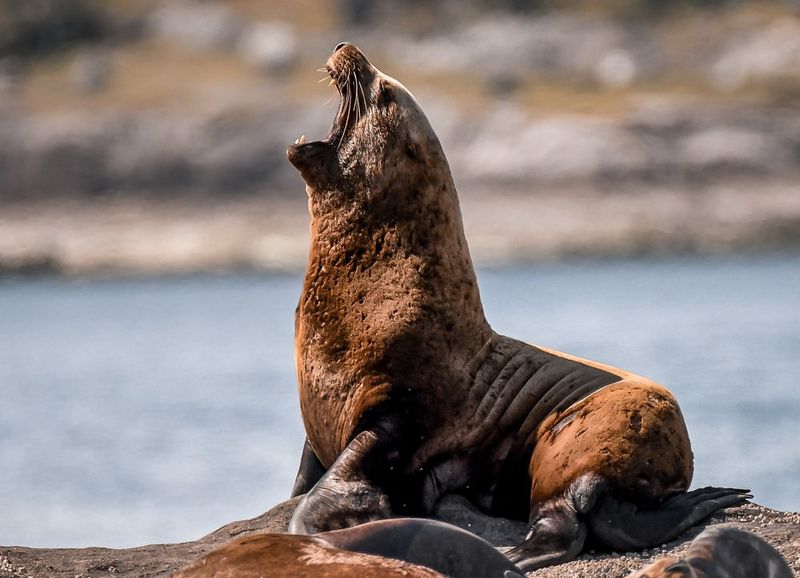
Not technically seals but sea lions, these maned giants earn their place through sheer size! Males develop thick, lion-like neck ruffs as they mature, reaching weights up to 2,500 pounds.
Their massive front flippers let them “walk” on land better than true seals. Stellar sea lions have declined mysteriously by 80% since the 1970s, puzzling scientists. They’re skilled divers but prefer hunting in shallow waters, snatching fish and squid near the surface.
13. Antarctic Giants: Ross Seals
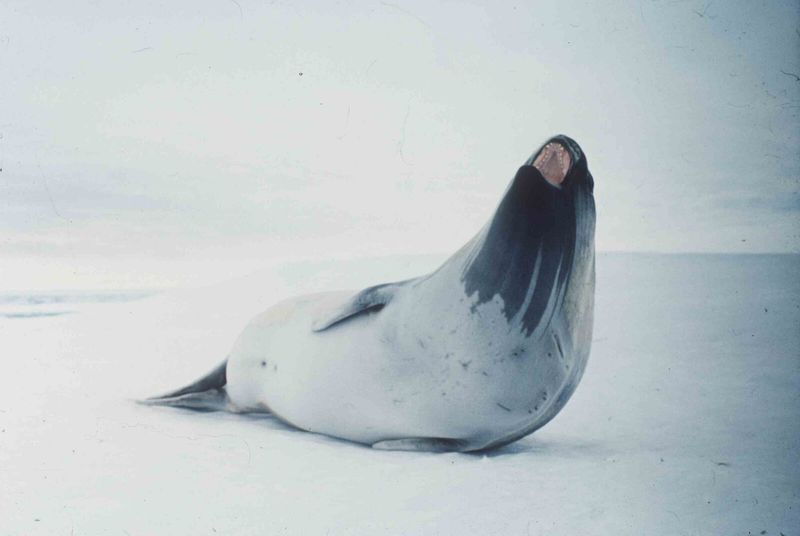
Musical maestros of the ice! Ross seals produce otherworldly underwater sounds resembling electronic music or alien transmissions. Their complex vocalizations include trills, chirps, and siren-like calls that baffle researchers.
Among the rarest and least-studied seals, they inhabit remote Antarctic pack ice rarely visited by humans. Their torpedo-shaped bodies can reach 8 feet long, with females slightly larger than males – unusual in the seal world.
14. Caspian Survivors: Caspian Seals

Living fossils trapped in time! Caspian seals were isolated from their marine relatives 100,000 years ago when ancient seas receded, leaving them stranded in what became the Caspian Sea.
Evolution shaped them into unique freshwater specialists. Though smaller than many seals (topping out at 150 pounds), they’re the Caspian’s largest predators. Sadly, pollution and habitat loss have made them critically endangered, with fewer than 68,000 remaining.


